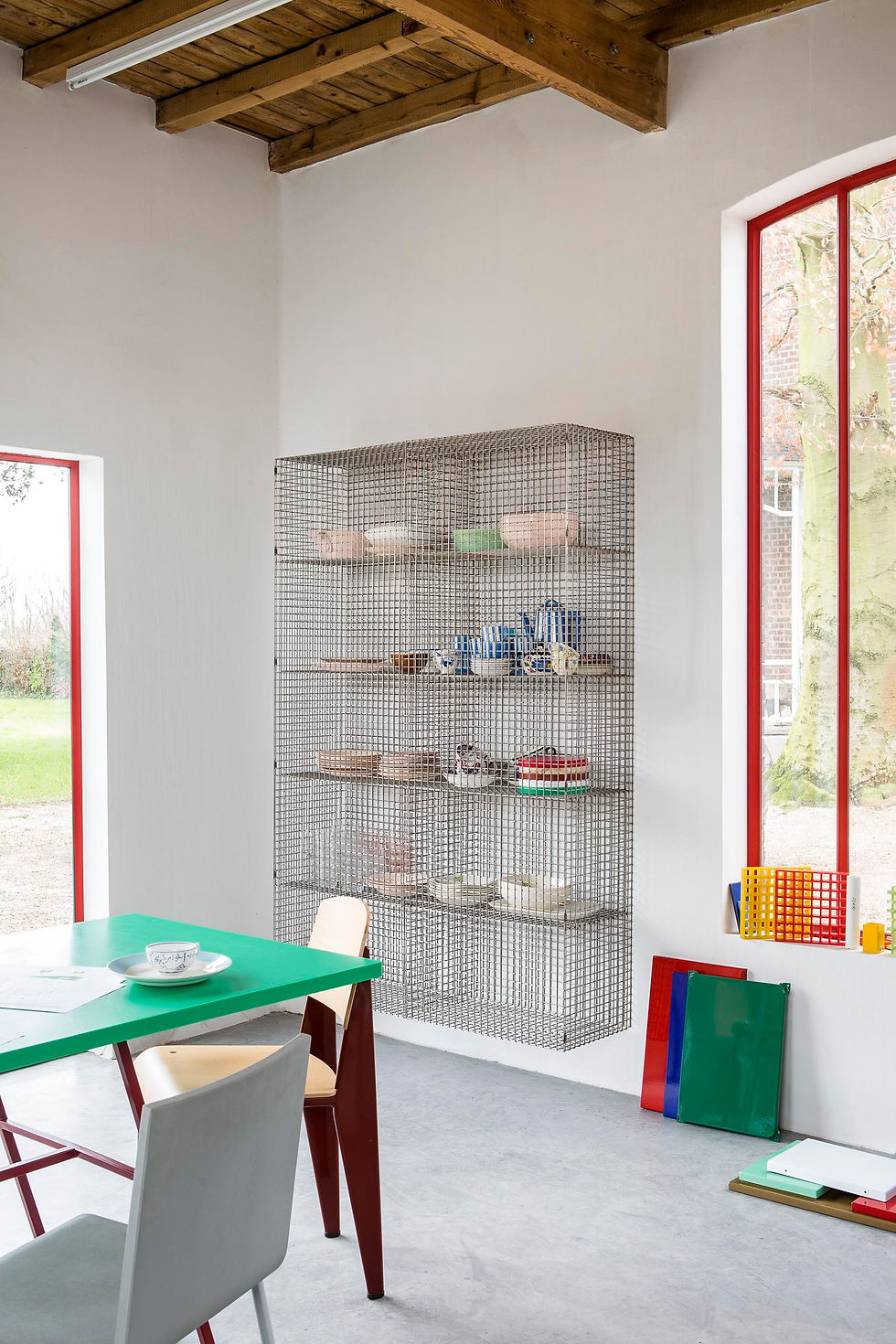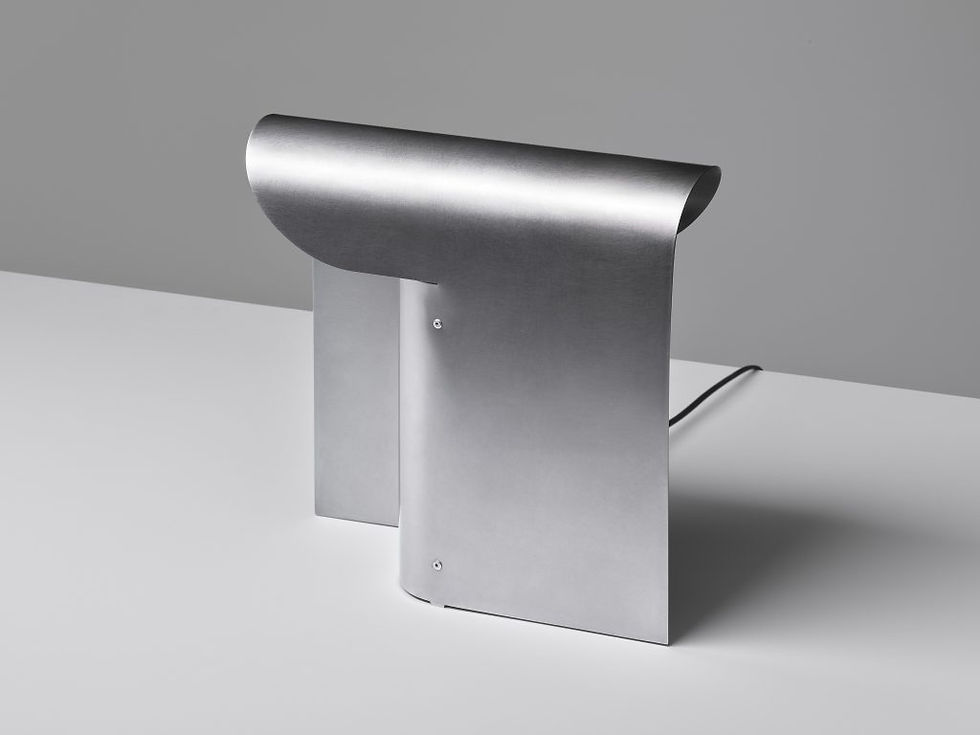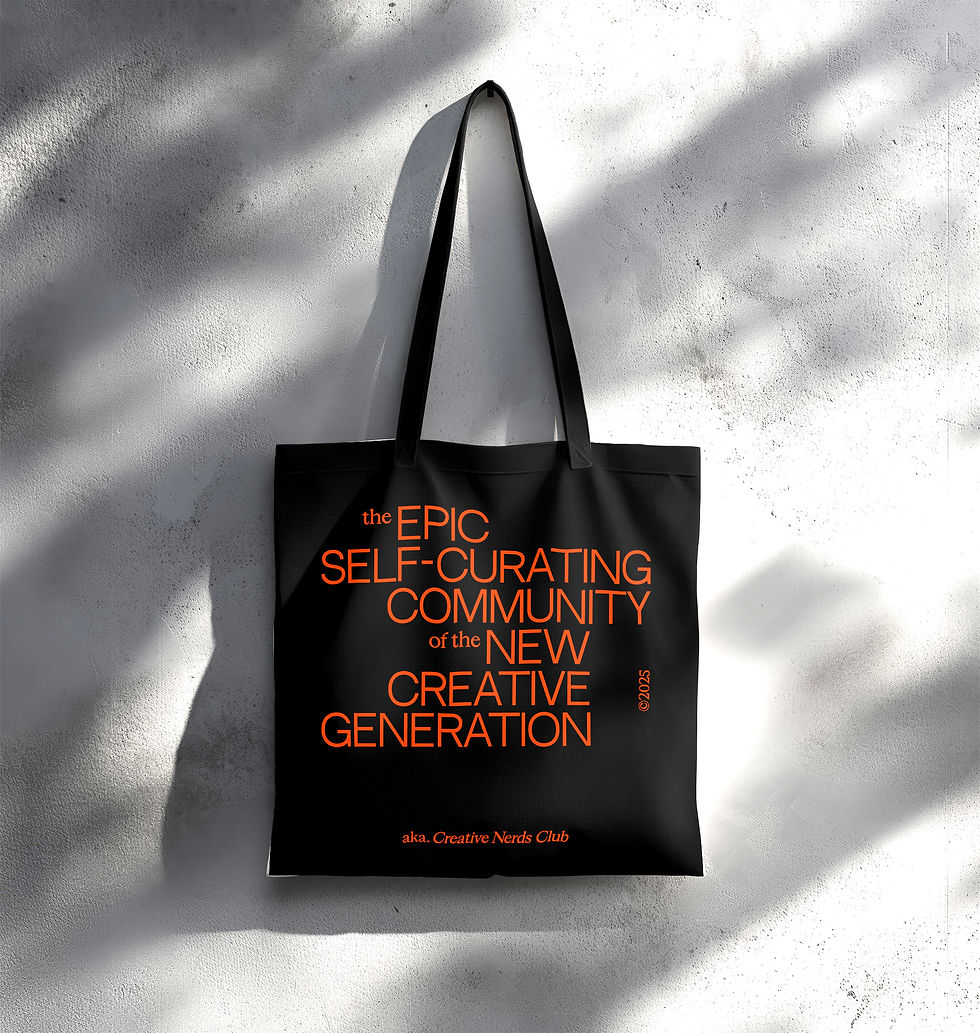Muller Van Severen | Design Studio
- Onur Çoban

- Mar 2
- 4 min read
Updated: Mar 13

Wires, courtesy Fien Muller
Some design languages are shaped over time, others have an intuitive integrity from the very beginning. Fien Muller and Hannes Van Severen focus on the essence of the material and the relationship between objects in their functional yet sculptural lightness. Travelling between architecture, sculpture and design, this approach creates a minimal yet powerful effect in each piece.
We talked to the duo, about their creative process, the bond they establish with materials and the space they open up in the design world.
Interview: Onur Çoban
Who are Fien Muller and Hannes Van Severen? How did your journey to become a globally recognised design duo begin?
Having worked as individual visual artists for over 10 years, briefly we’ve always been driven by a desire to reimagine the everyday objects and world around us. When a new art and design gallery invited us to create an exhibition, we chose to collaborate and design functional objects. We combined our shared interests in sculpture, architecture, and design, and this fusion became the language of Muller Van Severen.

Muller van Severen portrait
We were not closely following trends in the design world, which allowed us to develop a completely fresh and uninfluenced approach. For some reason, this unique language resonated globally, and our work was met with widespread appreciation.
How would you describe your design philosophy?
Our design philosophy balances introspection and extroversion, presence and absence. We embrace an approach where transparency, contrast, and harmony coexist. Our work navigates between sculptural lightness and miniature architecture, blending both feminine and masculine energies.
How does the process of creating together as Fien and Hannes work? What can you say about the synergy that emerges when different perspectives and skills come together?
We share an intuitive and unspoken understanding of each other’s vision. Our connection is a mutual comprehension of images and ideas. We value honest feedback and can take criticism from one another without hesitation. Instead of focusing on external expectations, we prioritize our own creative desires.
Alltubes, courtesy Fien Muller
“Above all, we want to amaze ourselves—that’s the driving force behind everything we do.”
Our collaboration flows like a game of ping pong, with each of us contributing and responding in equal measure. Together, we have a collective eye for what’s unnecessary and what should be included—carefully determining what to add or leave out to create something truly compelling.
What factors do you consider when researching materials or choosing materials for new projects? Can you tell us a little bit about the material choices in your work?
We are drawn to solid materials, both timeless and relatively recent. We appreciate their natural qualities and the surprising ways they can be combined. Our approach is to use these materials in their purest form, celebrating their inherent beauty. We enjoy blending classic and modern finishes, finding balance in their contrasts.

Wire Cabinet, Frederik Vercruysse ©
We don’t believe in using too many materials, but we also avoid simplicity for its own sake. It’s a matter of instinct—a feeling for what works.
Today, we see that the boundaries between art and function are becoming blurred in the design world. Do you think this line may disappear completely in the future?
We believe function is essential. It would never feel right for us to create a functional object that doesn’t actually work. Some of our furniture may seem less comfortable at first glance, but it often surprises with its comfort once you use it. Every design choice we make must serve a functional purpose.
"This challenge is what drives us—we find it fascinating to explore how free we can be within the boundaries of function. Our goal is to rethink furniture in a way that moves away from the familiar, classic forms, but without adding unnecessary elements or distractions."
Future Primitives, courtesy Fien Muller
Which of your works has excited you the most in terms of the design process and the final product?
It’s difficult to choose, as we love creating both unique pieces for galleries and mass-produced designs for brands. Though these works are put together in different ways, they all share a common language. They can stand side by side without one diminishing the other—this creates a fascinating interaction. Yet, no matter the context, we can never deny our own distinctive language.
Can you tell us a little about the sources of inspiration behind your work? Who are the names you follow with curiosity in this field or in different disciplines?
We’re not influenced by any single person or thing, but rather by an accumulation of diverse sources, unrestricted by any particular field or time period. Tools, materials, a building, a chair, or a landscape that emits (for us) a certain inner light can all serve as inspiration. The ability to draw connections across these different domains gives us tremendous freedom. For us, there are no boundaries between these fields.

Pillow Sofa, Nacho Alegre ©
It’s hard to explain, but we are primarily "observers," absorbing images and ideas like sponges. Over time, these impressions marinate, evolve, and ultimately come together to form a concept. Ultimately, we can't quite unravel where this idea ultimately came from.
Are you excited about the future and what are your plans?
Stay curious. Keep asking questions. I believe these are life’s greatest motivations—pushing us forward, regardless of the circumstances we can’t control.

























































































